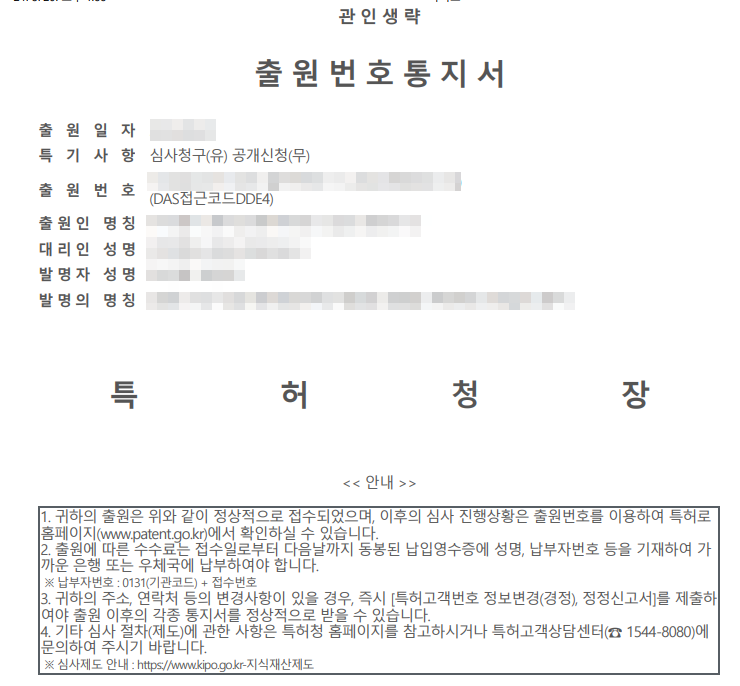

When expanding a valuable Korean invention into international markets like the United States, Europe, and China, applicants and their counsel are now routinely asked for a "DAS Code." What exactly is this code? Why is it so critical?
The lack of clear, practical guidance on this topic often leads to confusion. This is not just a minor administrative step; a single procedural error involving the DAS code can lead to the catastrophic loss of your invention's priority date, invalidating years of work and investment.
This guide, based on the extensive practical experience of Pine Patent Law Firm, provides a definitive look at the WIPO Digital Access Service (DAS). We will detail what it is, why it has become essential, and the critical checkpoints you must manage to prevent costly mistakes.
DAS stands for Digital Access Service. It is a global system administered by WIPO (World Intellectual Property Organization) that functions as a secure, international digital vault for patent documents.
In the past, to claim priority from a first filing (e.g., in Korea) in a second country (e.g., the U.S.) under the Paris Convention, applicants had to:
DAS replaces this archaic paper-based process entirely. It is an electronic system that allows participating IP Offices to securely exchange these certified priority documents with one another.
The DAS Access Code is the unique, 4-character "password" that you, the applicant, provide to the second office. It serves as your explicit authorization, granting that office (e.g., the USPTO) permission to "unlock" the digital vault and retrieve your certified priority document directly from KIPO via the WIPO system.
This is the most common question we encounter. When Pine Patent Law Firm files a patent, utility model, or design application with KIPO, the office immediately issues a "Notice of Filing Number" (출원번호통지서).
The DAS Code is clearly printed on this document. Look for the item labeled "[Access Code] (접근 코드)".
This code (typically a 4-character mix of letters A-F and numbers) is generated once for the application. It is reusable and can be provided to the IP offices of the U.S., Europe, China, Japan, and any other DAS-participating member state where you claim priority.
Using the DAS system has rapidly evolved from a "convenient option" to a mandatory requirement in key jurisdictions. The global trend among major IP offices is clear:
When a DAS retrieval fails, it is almost never due to a WIPO system error. The cause is overwhelmingly simple human data entry error.
For the "digital vault" to open, the second filing office (e.g., the USPTO) must provide four "keys" that perfectly match the data held by the first office (KIPO).
KR10-2024-1234567)21.10.2024)A1B2)If there is a single typo in the application number, a one-day error in the filing date, or a mistyped DAS code, the USPTO's system will report "Document Not Found."
The consequence is catastrophic: the priority document is considered not submitted by the legal deadline. This results in a complete loss of your priority date. Your invention, filed in 2024, would suddenly be judged against all public disclosures that occurred in the 12 months after your original Korean filing. This can, and often does, lead to a direct rejection for lacking novelty or inventive step, rendering your patent worthless.
The DAS Code is not merely a tool for convenience. It is a critical security key for your global intellectual property rights.
Properly managing this 4-character code and its associated filing data is the most effective way to save significant costs, eliminate time delays, and prevent fatal procedural risks.
At Pine Patent Law Firm, we integrate DAS code management into our core workflow, from the initial KIPO filing through every subsequent PCT and national stage entry. This systematic approach ensures your priority claim is secure from day one, mitigating future risks of office actions, costly amendments, and irreversible rejections. Protecting your valuable intellectual property requires a partner you can trust—a partner who understands that small details have massive consequences.